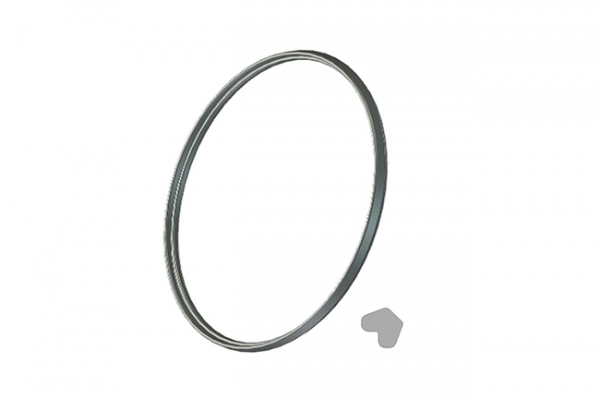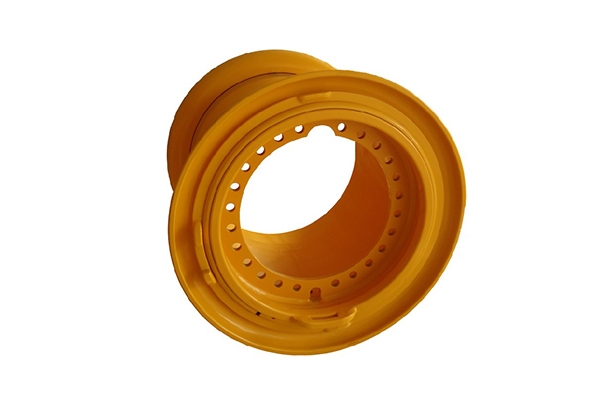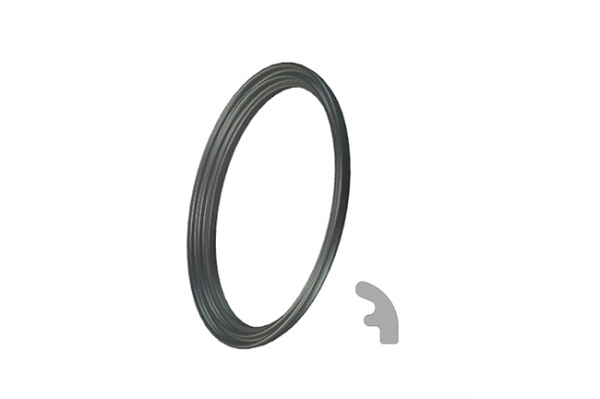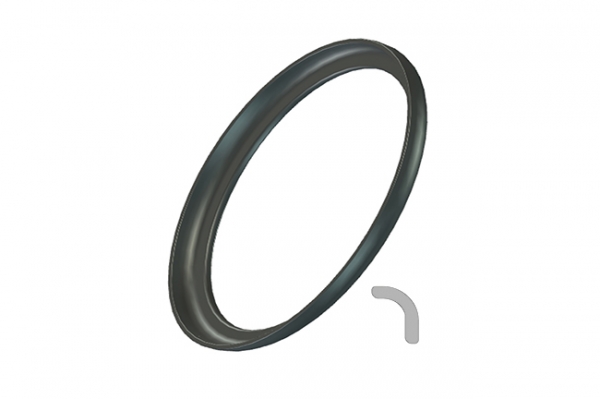Solid tire is a type of tire corresponding to a pneumatic tire (hollow tire). The carcass is sturdy, there is no curtain cord as the frame, no inflation, no inner tube or inner liner. The early tires were solid tires. Solid tires are currently only used for low-speed, high-load vehicles or machinery, and fixed positions.
Special tires are mainly used for special vehicles such as anti-riot vehicles, cash transport vehicles, anti-terrorism vehicles, engineering vehicles, and forestry machinery.
Solid tires are usually used under high loads. The rubber material is required to have sufficient pressure and wear resistance, high tensile stress, high hardness, low permanent deformation, and good wear resistance.
Solid tire is an industrial tire suitable for low-speed, high-load, and harsh operating conditions. The safety, durability and economy of solid tires are significantly better than pneumatic tires. It is widely used in various industrial vehicles, military vehicles, construction machinery, port and airport trailers and other fields.
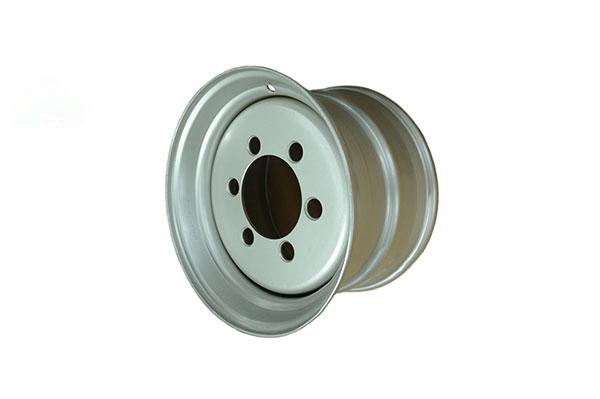
Solid tires are generally divided into two categories: the former refers to the tires that are directly vulcanized on the rim, and the latter refers to the tires that are fixed on the rim after vulcanization.
There are two types of solid tires: cylindrical solid tires and inclined solid tires. According to the use of antistatic, conductive, oil-resistant, high-load solid tires, and environmentally friendly solid tires.
Heavy-duty load: Strong bearing capacity, suitable for harsh environments, high safety and good elasticity. Mainly used for dump trucks. Main specifications: 825-20, 900-20, 1000-20, 1100-20
Trailer at the dock: Low rolling resistance, low heat generation, ultra-high load capacity, mainly used for low flatbed trucks at the dock. Main specifications: 22x8x16, 22x9x16, 22x14x15, 22x16x16.




